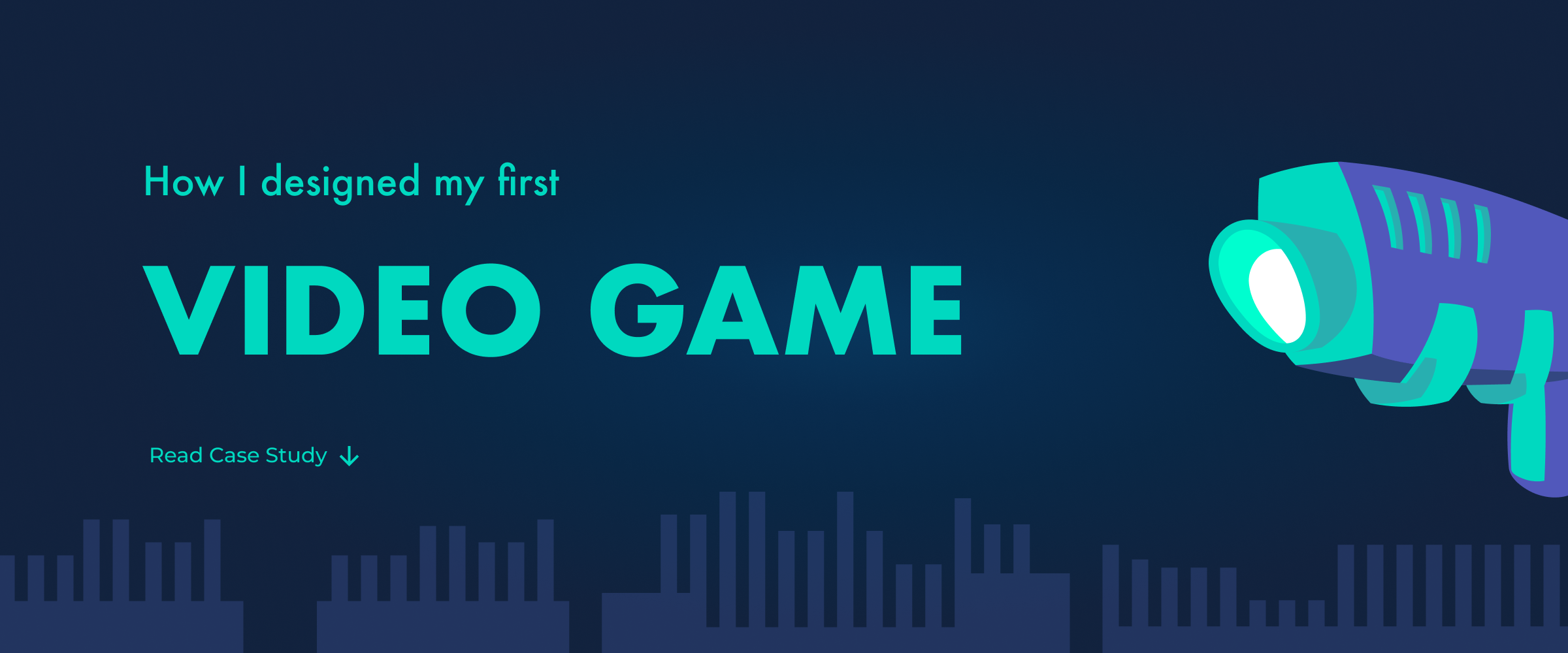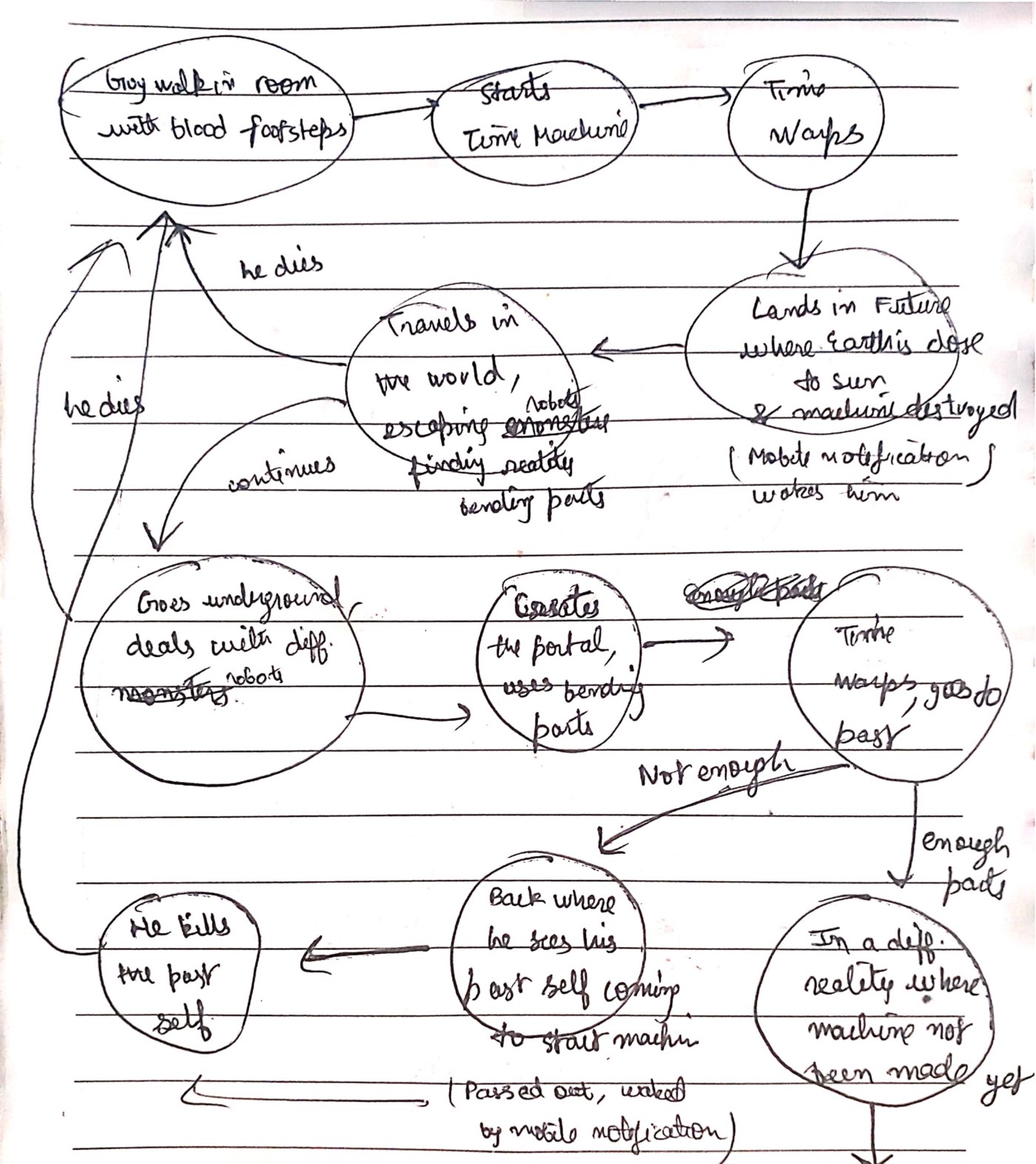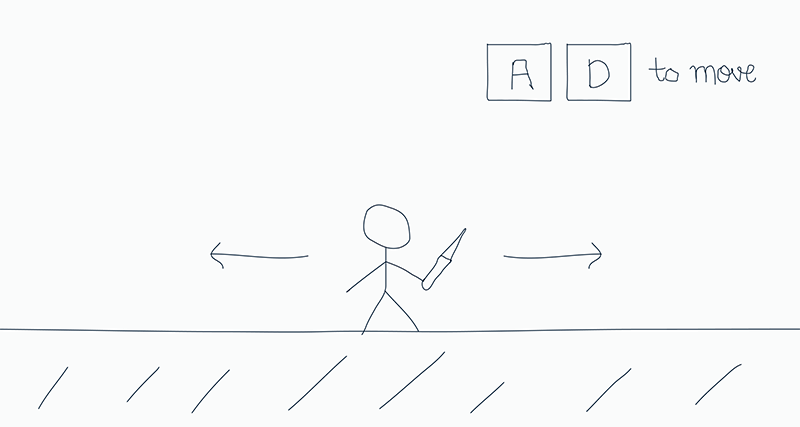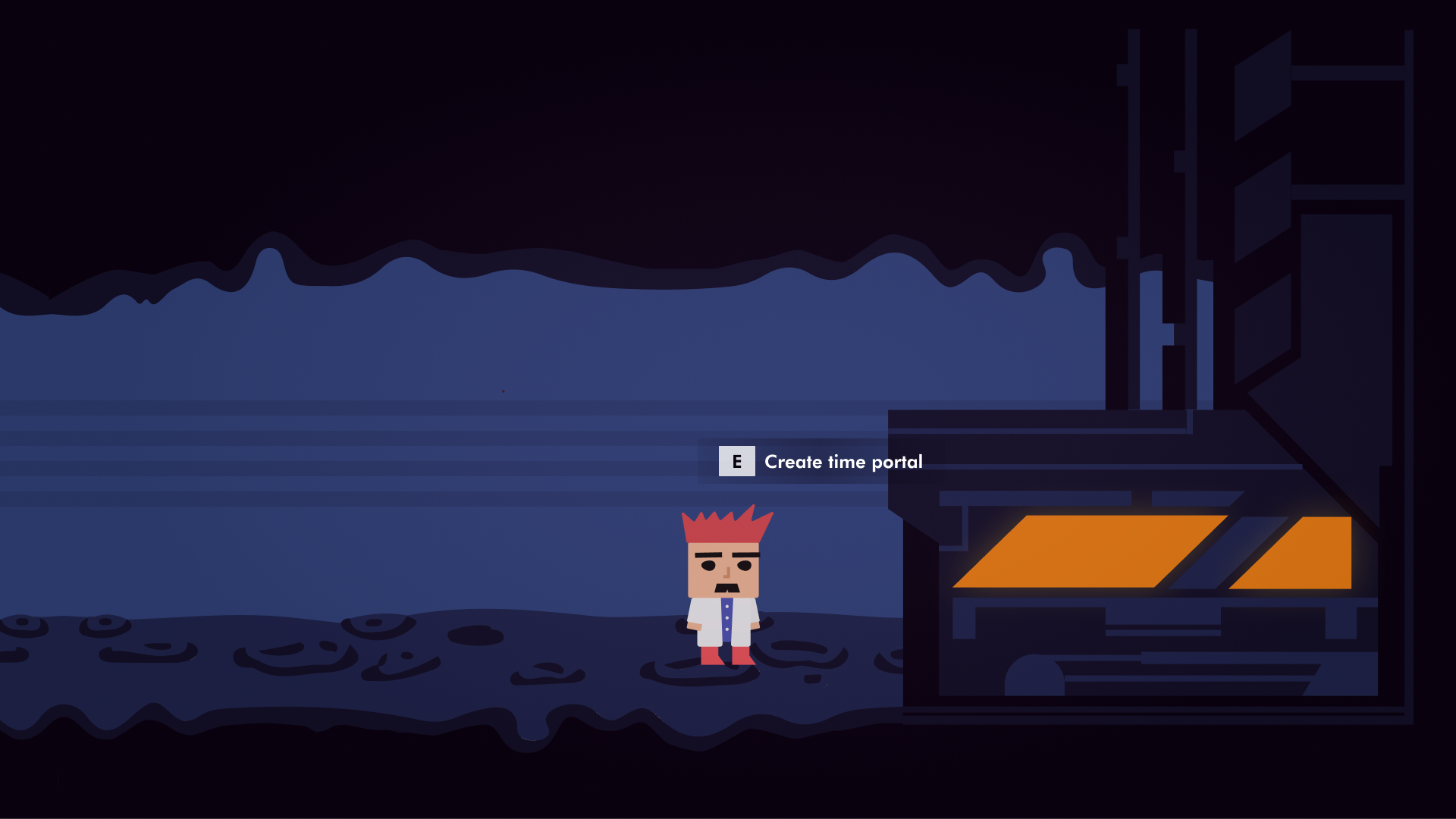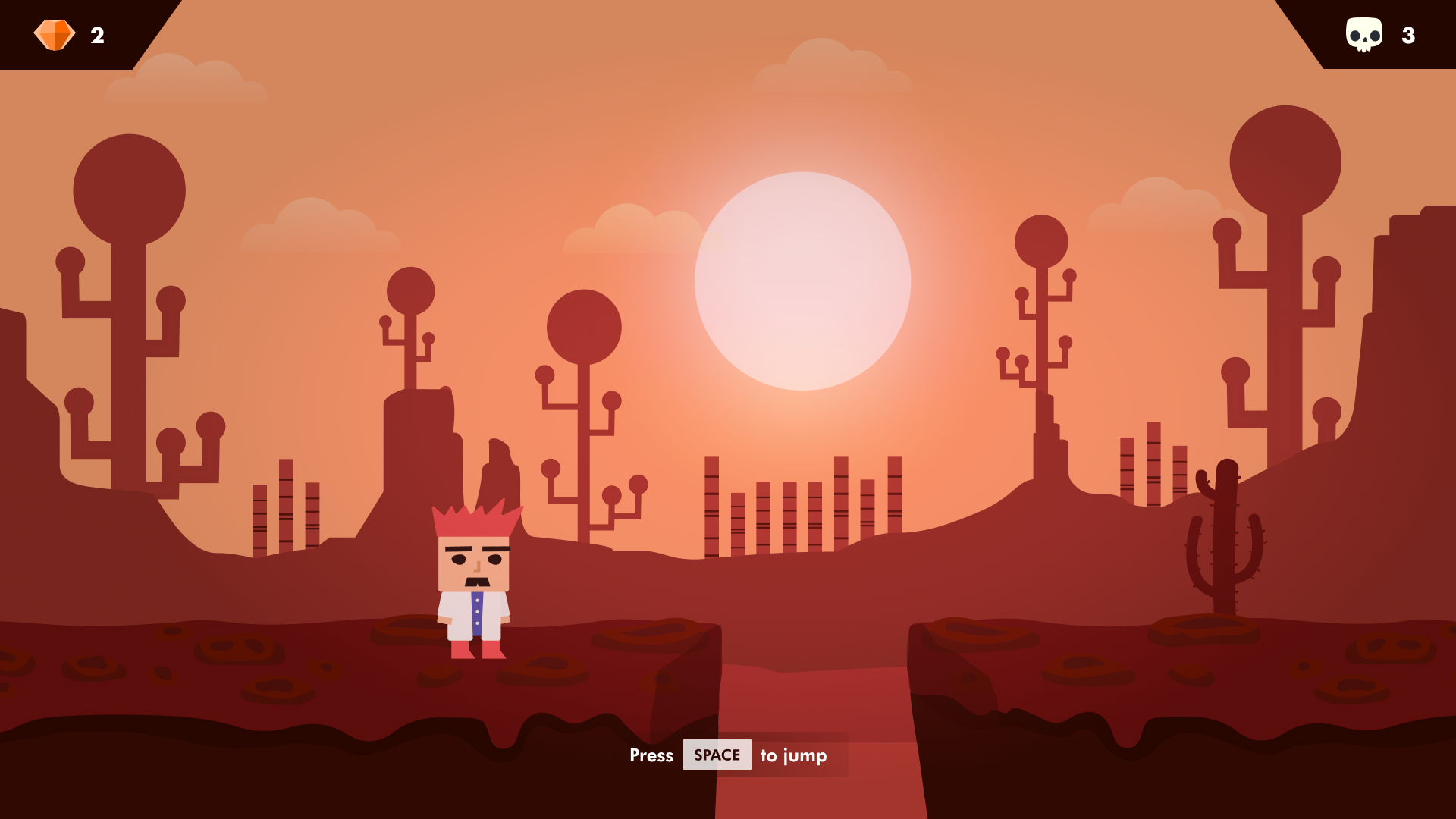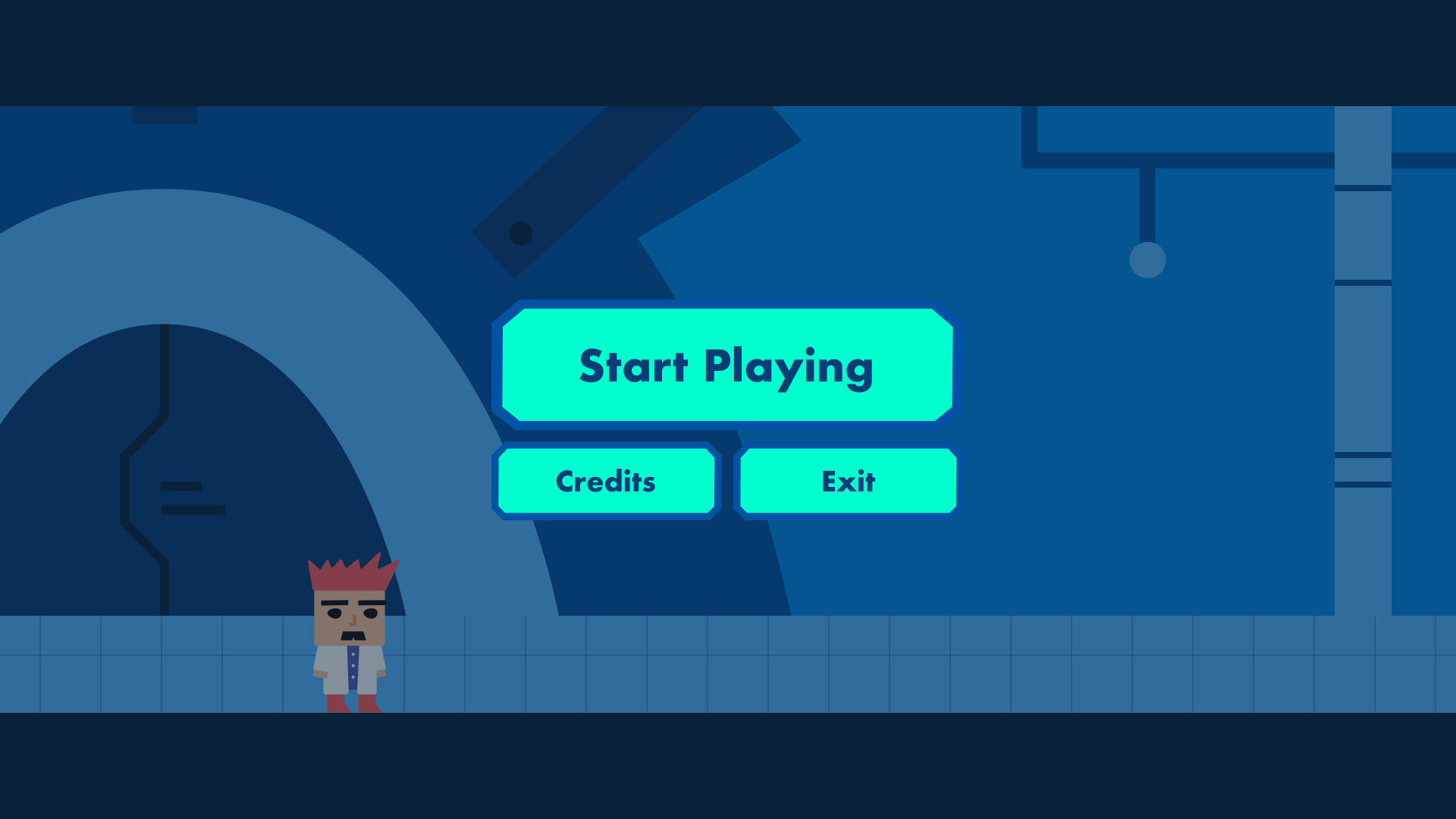I am a self-taught UX designer and a huge fan of video games. Apart from enjoying the feeling of completing a good game, I’m fascinated by the way game designers employ a whole new dimension of user experience and the way humans interact with computer games.
This article is the story of how I designed my own Video Game from scratch — from understanding the basics of game design to overcoming the challenging stages along the way. The game finally got developed thanks to one of my programmer friend.
